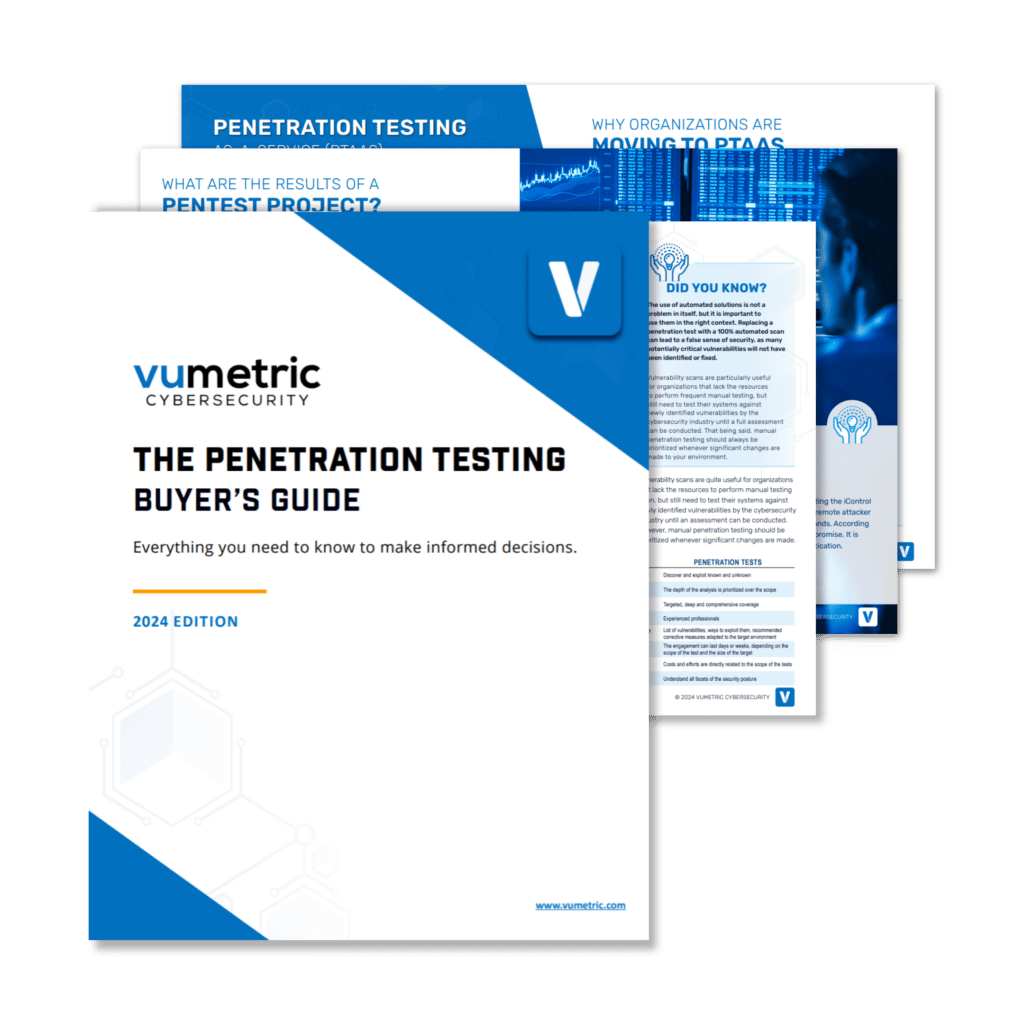As businesses grow and rely more on third-party vendors and partners to streamline their operations, they expose themselves to potential cybersecurity risks. To minimize these risks, it is essential to have robust security measures in place. This article will discuss the significance of penetration testing for third-party compliance, its benefits, and best practices to ensure a secure business environment.
Understanding Third-Party Compliance
Third-party compliance refers to ensuring that a company’s external vendors, partners, and suppliers adhere to specific security standards and protocols. These standards may include industry-specific regulations, such as the Health Insurance Portability and Accountability Act (HIPAA) or the Payment Card Industry Data Security Standard (PCI DSS), or general cybersecurity best practices.
Why Penetration Testing is Crucial for Third-Party Compliance
Penetration testing (also known as ethical hacking or pen testing) is a proactive security measure that involves simulating cyberattacks on a system, application, or network to identify vulnerabilities and weaknesses. Penetration testing is crucial for third-party compliance for the following reasons:
- Identifying vulnerabilities: Penetration testing can uncover weaknesses in third-party systems that could be exploited by malicious actors, enabling companies to address these vulnerabilities before they can be exploited.
- Protecting sensitive data: Ensuring third-party compliance through penetration testing helps protect sensitive data, such as customer information, trade secrets, and financial records, from being compromised.
- Building trust: Demonstrating that your company and its partners have robust security measures in place can build trust with customers, stakeholders, and regulators.
- Complying with regulations: Penetration testing helps organizations comply with industry-specific regulations and avoid potential fines and penalties.
Best Practices for Penetration Testing in Third-Party Compliance
Adopting the following best practices can help ensure the effectiveness of penetration testing for third-party compliance:
- Define the scope: Clearly outline the scope of the penetration test, including the systems, applications, and networks to be tested, as well as the methods and tools to be used.
- Engage qualified professionals: Hire experienced and certified ethical hackers to perform penetration tests, ensuring that they have the necessary skills and knowledge to identify and address vulnerabilities.
- Perform regular testing: Conduct penetration tests regularly, as new threats and vulnerabilities emerge frequently. Regular testing can help ensure that security measures remain up-to-date.
- Address vulnerabilities: Actively address vulnerabilities identified during penetration tests by implementing appropriate security measures and monitoring their effectiveness.
- Document and share findings: Document the results of penetration tests and share them with relevant stakeholders, including third-party vendors and partners, to facilitate collaboration and improve overall security.
Real-World Example: Ensuring Compliance with Penetration Testing
A large financial institution requires its third-party vendors to conduct penetration testing to ensure compliance with PCI DSS requirements. The project identified several vulnerabilities in the vendors’ systems, including weak password policies, outdated software, and improper data storage practices.
Upon receiving the results, the vendor addressed the identified vulnerabilities, strengthening their overall security posture and ensuring compliance with industry regulations. As a result, the financial institution successfully protected sensitive customer data, avoided potential regulatory fines, and built trust with its clients and stakeholders. On the other hand, the vendors who had already performed penetration testing in the past had already secured partnership with the financial institution and did not face any potential fines or deadlines.
Conclusion
Penetration testing plays a critical role in ensuring third-party compliance and protecting sensitive data from cyber threats. By identifying and addressing vulnerabilities in third-party systems, businesses can maintain a secure environment, build trust with customers and stakeholders, and comply with industry-specific regulations. To achieve the best results, organizations should adopt best practices for penetration testing, such as defining the scope, engaging qualified professionals, performing regular testing, addressing vulnerabilities, and documenting and sharing findings.
Our team of cybersecurity experts is available to help your organization assess your third-party compliance needs and perform comprehensive penetration testing. Contact us to discuss your requirements and ensure your organization’s security.




